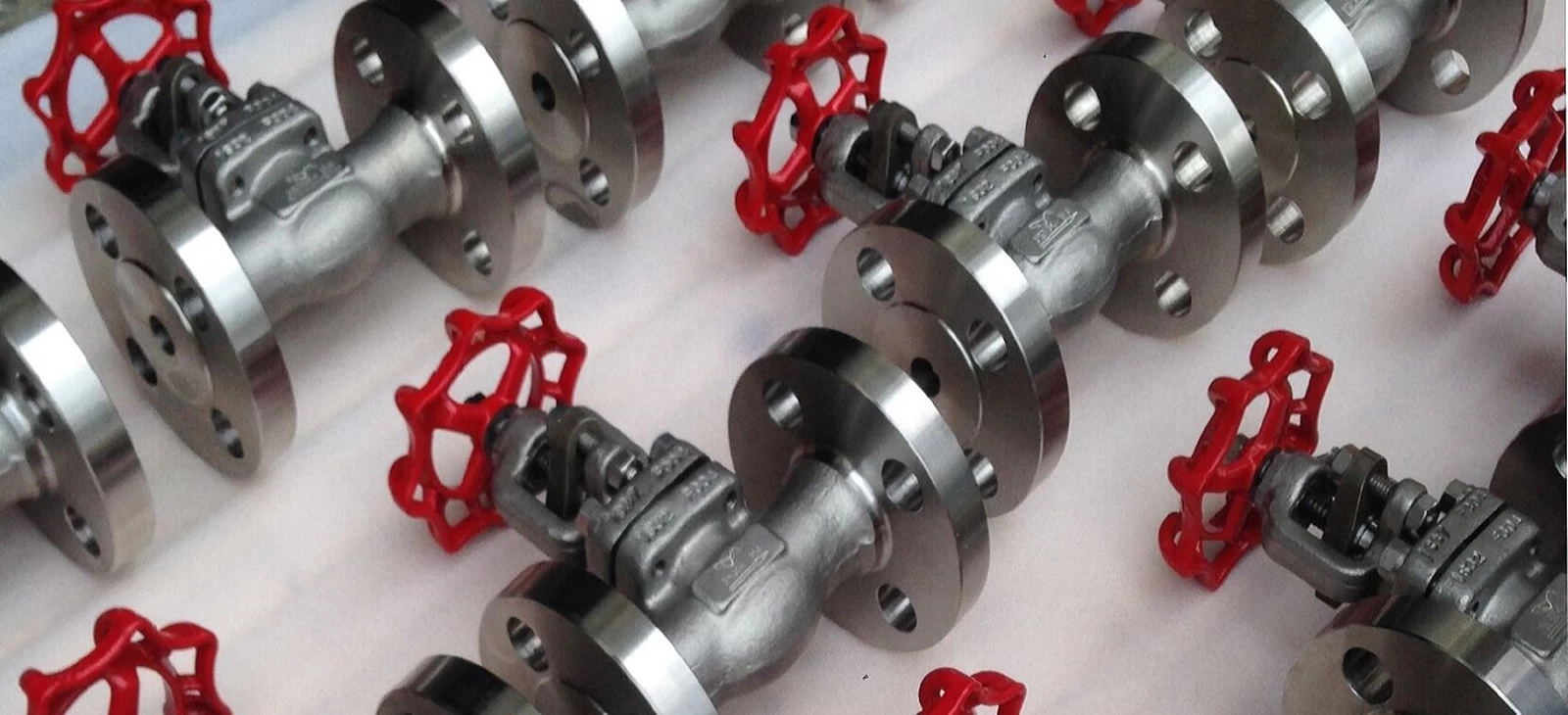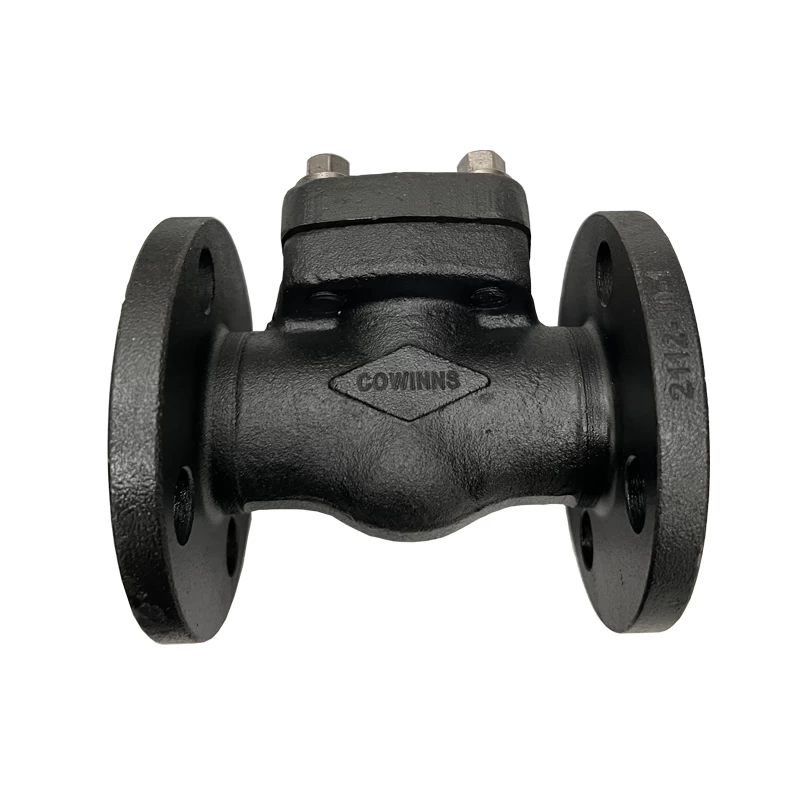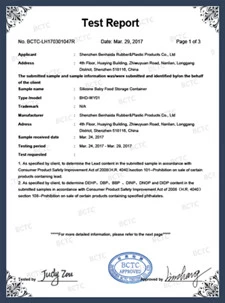Scope 3D-printing will widen
For Ramén Valves, 3D-printing and other technologies such as AI/machine learning are key to distinguish itself in a competitive market.
Wennersten: “Originally Ramén developed and manufactured BallSector Control Valves and industrial on/ off valves solely for the paper and pulp industry in Scandinavia. Gradually the company moved over to other industries such as mining, petrochemicals, oil and gas and so on. Compared to our direct competitors, we are a relatively small outfit.
As it’s very difficult to compete on price, we need to focus on engineered products and tailor these applications more and more to our customer’s demands. With the aforementioned technologies, we are able to operate faster, more flexible and efficient, ultimately leading to a better and cost-effective product compared to the ‘old’ production paradigm.”
More control in production
To be fair, most of Ramén’s valves are produced according to this ‘old’ method. Wennersten says that both the valve industry and end users are quite conservative compared to other sectors (medical, aerospace, automotive). However, this will change, he says.
“Conservatism is a barrier. This situation is not helped by the regulatory environment in the EU. At the moment, 3D printed valves cannot be used within the EU because there is no CE-certification under the Pressure Equipment Directive. Luckily, there is industry support within the EU to change this and speed up the certification process.”
If so, this would be beneficial to both manufacturers and end users, according to Wennersten. “3D printing is a superior technology compared to casting and forging. The process used is EBM (Electron Beam Melting) which takes place in a vacuum under 600 degrees Celsius. Because of this controlled environment the quality of the end product is better. No cracks and/or cavities can occur in an EBM process since every layer is controlled when built. This also means that the finishing/machining part can be less intensive.”
No limits
Working from a digital 3D-model instead of a mold also leads to greater accuracy, Wennersten says. “It enables us to design and manufacture control valves that are tailored precisely to our customer’s process parameters. Furthermore, there is less excess material which makes it attractive for more expensive materials such as titanium.
Also in the supply chain, 3D-printing has its advantages as it facilitates quick design changes - if needed - and reduces the need of storing or procuring spare parts under time pressure. In short, 3D offers many advantages.”
Asked if 3D-printing also has its disadvantages and/ or limitations, Wennersten says that, technologically, there are no limitations. “3D-technology can handle various sizes and complex designs. Economically, 3D is more suitable for high-price materials such as titanium, but it will become increasingly accessible for other materials such as 316.”
Titanium control valve
Ramén has also designed and manufactured a titanium control valve (ball) which is in use at a Chilean pulp and paper manufacturer. Based upon a CADCAM-design, a contract manufacturer has 3D-printed the valve. Wennersten says that industrial 3D-print machines are too costly (average price 700K) for a SME like Ramén. “These machines also require skilled operators”, Wennersten states.
“Furthermore, 3-D printing advances so quickly that state-of-the-art technology is out-of-date the moment it hits the market. Therefore, contract manufacturing is the best option, all the more because these 3D printing facilities are growing in numbers, at least here in Sweden. This development is also likely to drive cost of production down.”
The original artical link : http://www.valve-world.net/webarticles/2019/04/26/scope-3d-printing-will-widen.html
 +86 512 68781993
+86 512 68781993 


















